Interplanetary Transport System
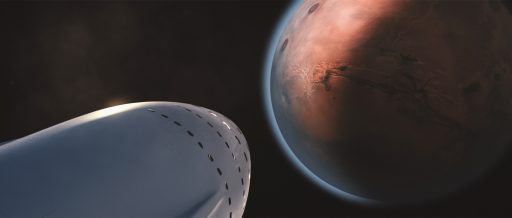
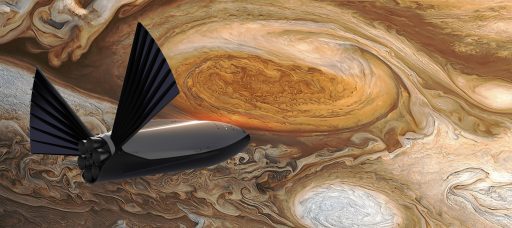
The Interplanetary Transport System is a large architecture in development by SpaceX to achieve an operational crew and cargo transport capability for the exploration and settlement of Mars to lay the foundation for a self-sustained civilization off Planet Earth.
SpaceX’s Interplanetary Transport System (ITS) – revealed to the public in September 2016 – represents one of the most audacious projects in space exploration, opening up doors to the Solar System for human and robotic exploration so far only envisioned in science fiction movies.
The projected is of unprecedented scope and encompasses three major elements to deliver humans to the surface of Mars and return them safely to Earth – a large re-usable Booster capable of flying 1,000 times, a Spaceship hosting crews of 100+ people, and a Tanker for in-orbit refueling of the Spaceship prior to departure for Mars. Additional technical concepts required for the success of the project include hypersonic retropropulsion at Mars, landing technologies for an unprepared surface, and propellant production Mars.
Setting the goal to Mars
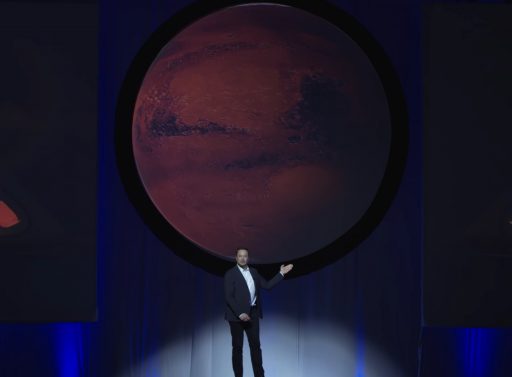
When founding Space Exploration Technologies (SpaceX) in 2002, Musk noted a core motivation of bringing humans to Mars and making mankind a multiplanetary species – a problem he though about since his college days.
A stepwise and multi-faceted approach of over a decade first established an ability to launch small payloads into orbit with the Falcon 1 rocket, upgrading to larger upmass with Falcon 9 to loft cargo and humans into orbit, further increasing cargo mass with the Falcon Heavy and finally introducing partial launch vehicle reusability to address the economic issues of space exploration.
It was a necessity for these tools to be developed to arrive at a point where announcing an undertaking such as ITS would not seem like pure science fiction.
As per his motivation for sending colonists to Mars, Musk cites unavoidable extinction events on Earth and the human drive to go beyond what’s already been explored.
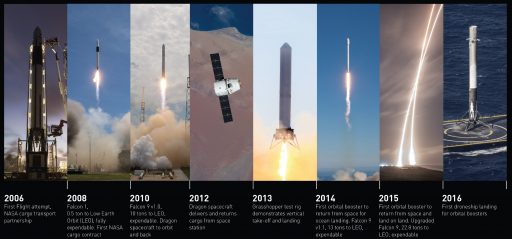
Armed with the necessary confidence and a personal wish to travel to Mars, Musk set the goal on creating an interplanetary launch system that could be economically viable, achieve flight safety and host a large number of people to establish a sizeable colony on Mars within a few decades time.
The architecture of SpaceX’s Mars plans was kept under close wraps with only a few bits and pieces of information being released to the public ahead of the big reveal of ITS at the International Astronomical Congress in September 2016, held in Mexico.
The outline provided by Musk covered the initial development and architecture of ITS as well as future plans to establish a self-sustained colony on Mars, exploring targets beyond the Red Planet and potentially Terraforming Mars into a more Earth-like planet. However, Musk’s address only dealt with the aspects of getting people to Mars and back and was not concerned with activities on the surface of the planet.
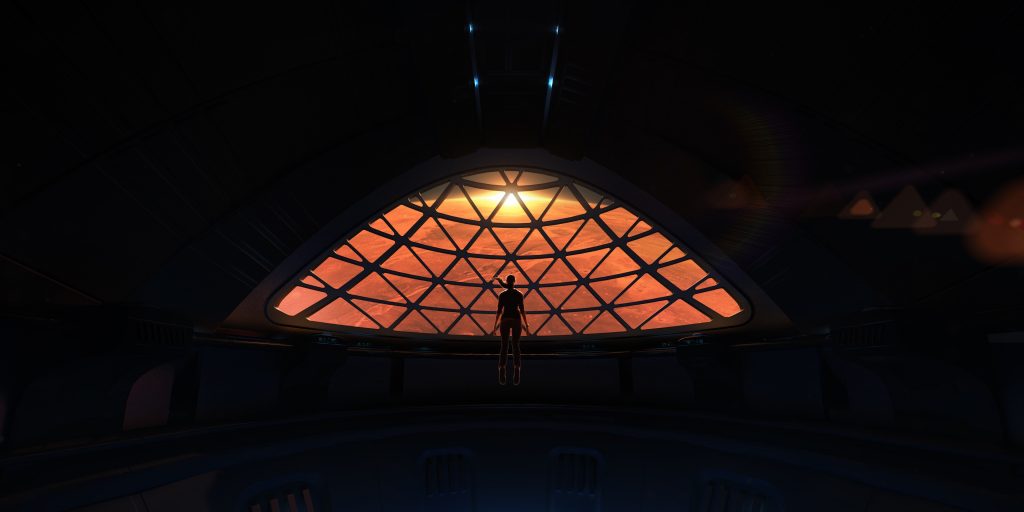
Basic Mission Architecture
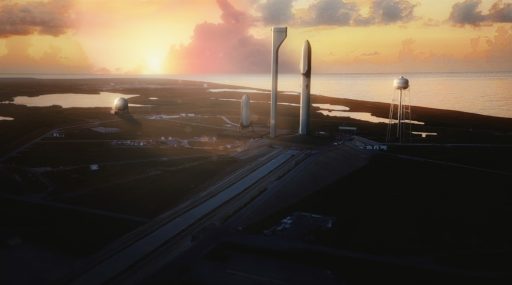
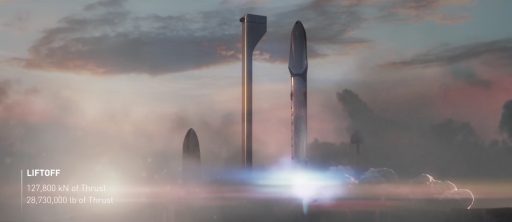
Towering 122 meters above a sea-side launch pad, SpaceX’s future Interplanetary Transport System is envisioned to conduct its initial missions from Florida’s Space Coast, using the same LC-39A launch pad that sent the first human expedition to the Moon in 1969. Thundering off with the highest thrust ever achieved in rocketry, the ITS will make even the mighty Saturn V seem small in comparison.
Powered by a cluster of 42 methane-fueled Raptor engines, the Booster would generate a launch thrust of 13,000 metric ton force and accelerate the rocket to seven times the speed of sound. After separation, the Spaceship would double as a second stage, firing up to nine Raptor engines to achieve a Low Earth Orbit with a total upmass of 450 metric tons.
In a marvel of future engineering, the Booster would use a propulsive return profile pioneered by SpaceX’s Falcon 9 rocket but taking it one step further by flying directly to its launch pad to be re-captured on its launch mount in order to enable a rapid re-flight. On the ground – in an operation lasting only hours or a day at most – the Booster would be topped by a Tanker and both would be fueled to blast off again and link up with the Spaceship in orbit for the transfer of propellant.
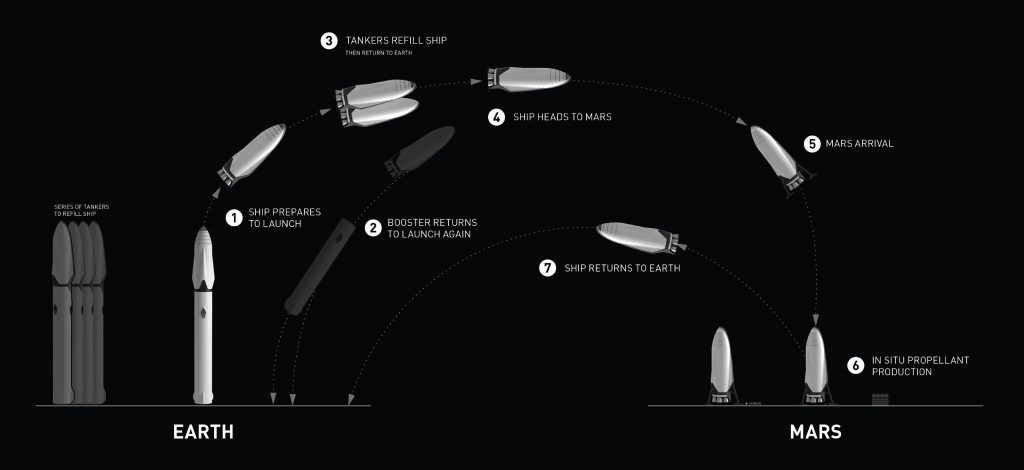

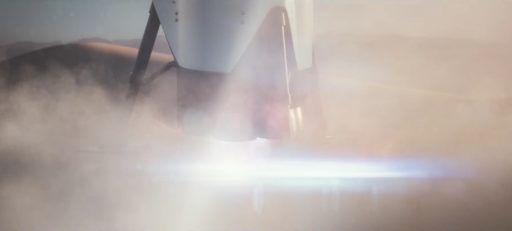
It would take five trips of the Tanker to fill up the spacecraft’s tanks before it makes its departure for Mars, using a transfer taking some 115 days to reach the Red Planet though flight times could be reduced to roughly one month in the more distant future.
The daring landing on Mars would start with a blazing re-entry using the Spaceship’s lifting body for extended aerobraking ahead of hypersonic retropropulsion with the Raptor engines before landing propulsively on three deployable legs, touching down on an unprepared surface on Mars.
A surface mission on the order of one and a half years would be used to pull Carbon Dioxide from the Martian atmosphere and thaw up water ice from the sub-surface to generate the fuel needed for the return trip to planet Earth. The crew blasts off aboard the same Spaceship they landed with and return to Earth via a high-speed re-entry and propulsive landing maneuver.
SpaceX’s ambitious plan specifies that the Booster is designed for 1,000 flights to the edge of space and back, the Tanker can be re-used 100 times and the Spaceship could make 12 round trips to Mars.
Visit our detailed resource pages for facts, figures & technical analysis on the ITS Booster, the Interplanetary Spaceship and the record-crushing Raptor Engine.

Funding, Hardware Development & Project Timeline
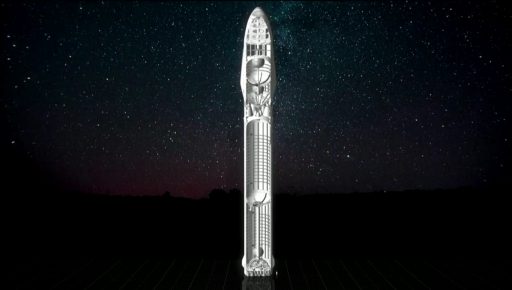
At his IAC 2016 address, Elon Musk stated an investment of $10 billion would be needed to put the Interplanetary Transport System into operational service, calling to the private sector and the government to create a huge private-public partnership in this endeavor.
As of 2016, SpaceX was dedicating only around 5% of its resources to the project, corresponding to a few tens of millions of Dollars. However, the company expects to finish the development of the final iteration of the Falcon 9 rocket and inaugurate the Falcon Heavy in 2017 which would free up the SpaceX engineering team to work on ITS while the Falcon fleet delivers a steady stream of revenue to SpaceX of which several hundred million $ per year can be invested in ITS.
Elon Musk hinted that he plans to personally devote significant assets to the project.
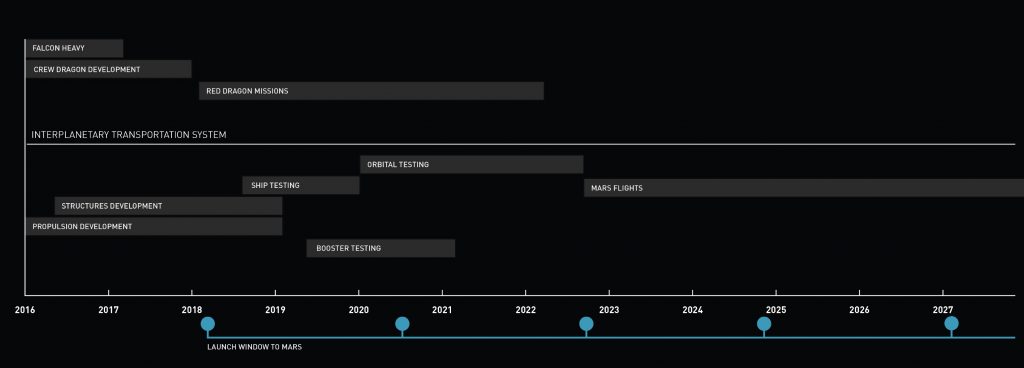
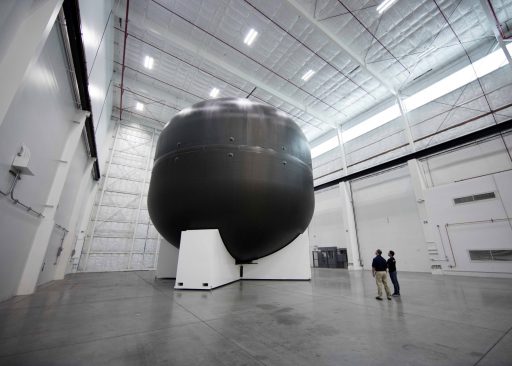
The project’s desired timeline – as presented in September 2016 – is inherently aggressive and was likely put together with an optimistic mindset, as has become the standard for SpaceX projects. Of course, the entire plan depends on the availability of the necessary funds to proceed quickly through the development stages and head into flight testing in near-Earth space before setting sail for Mars.
At IAC 2016, Musk was able to present two assembled pieces of flight hardware: The first development unit of the Raptor engine that was test fired just in the nick of time two days ahead of the conference after a tireless effort by SpaceX engineers. The second, and possibly even more impressive test article assembled by September ’16 was a huge composite tank for use on the Spaceship as an oxidizer storage tank.
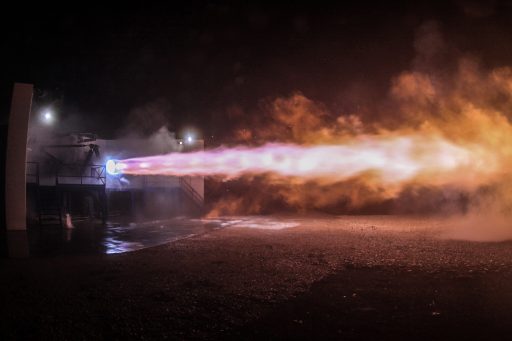
Propulsion development and qualification – one of the cornerstones of the ITS – is expected to be complete by the start of 2019 when the Raptor engine is expected to head into production. With 51 Raptors required per vehicle, SpaceX will have to ramp up production to a large number of engines and will do so by utilizing established technologies from the Merlin engine production line enabled by the fact that Raptor – while a much more powerful design – is of similar size and will make use of innovative manufacturing techniques including 3D printing.
Structures development with an emphasis on the huge carbon-fiber tank and mechanical assemblies is also foreseen to be complete by 2019. Testing of the Spaceship and Booster is expected to begin with a one-and-a-half-year ground test campaign ahead of up to two and a half years of orbital test flights to iron out problems before taking the vehicles beyond near-Earth space.
SpaceX aims for the first uncrewed Mars flight for the interplanetary launch window opening in August of 2022 – a very optimistic goal that assumes plenty of funding will be available and no major setbacks are encountered in the technical development. Pending the success of the first pathfinder mission, the first crew could embark on a high-risk shakedown mission to Mars in the late September 2024 launch window.
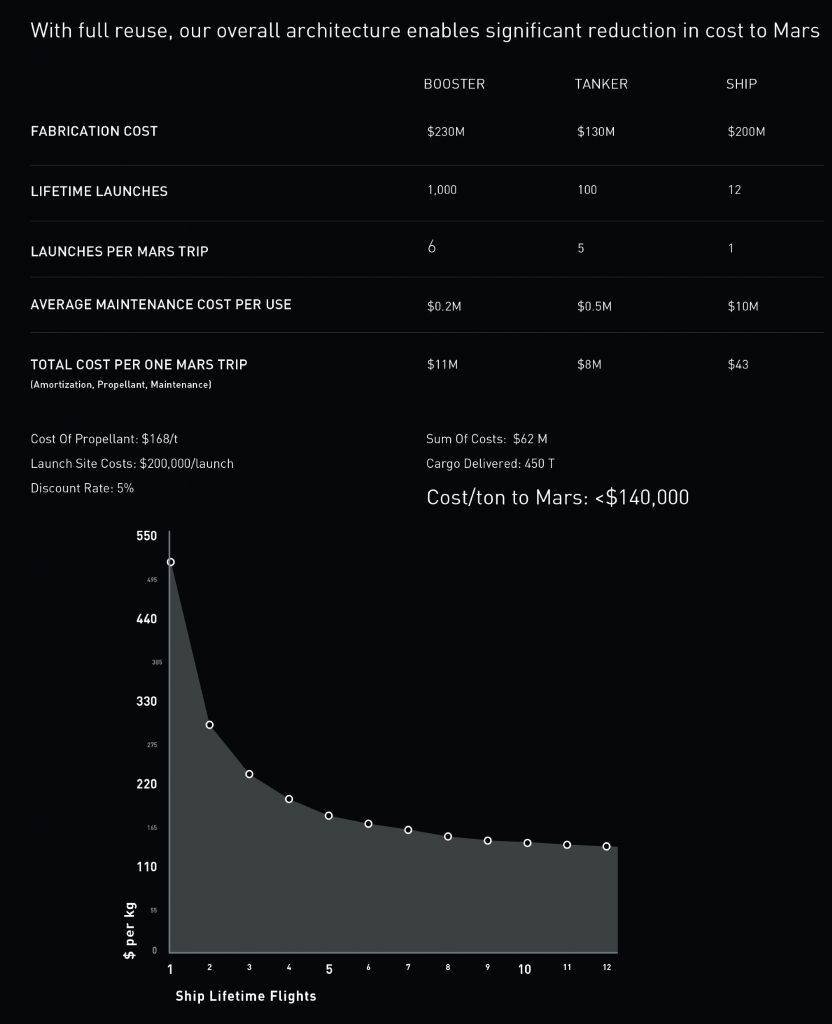
Making Mars Economical
While the $10 billion sum for the development of the Mars Architecture is an astronomical amount of money, SpaceX plans to ultimately offer trips to Mars at an affordable cost equivalent to the median price of a house in the United States.
In a cost breakdown, Musk outlined the plans to achieve an affordable Mars mission design, all hinged on the operational re-use of the three major hardware components with 1,000 lifetime launches of the booster, 100 missions of the tanker and 12 round trips per space ship over an operational life of over 25 years.
The production of the three hardware components would cost $560 million, but factoring in the target re-use numbers, propellant cost, maintenance in between flights, the total cost per Mars flight comes down to $62 million.
This corresponds to a cost of $137,800 per metric ton delivered to the surface of Mars which is approximately what is needed to support one human during the trip.
